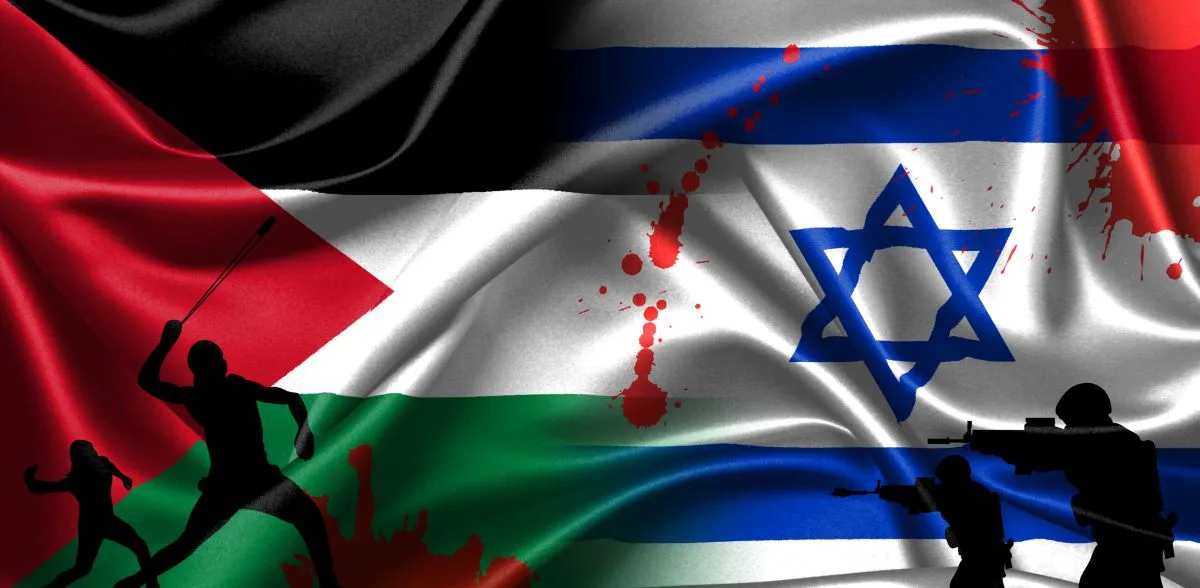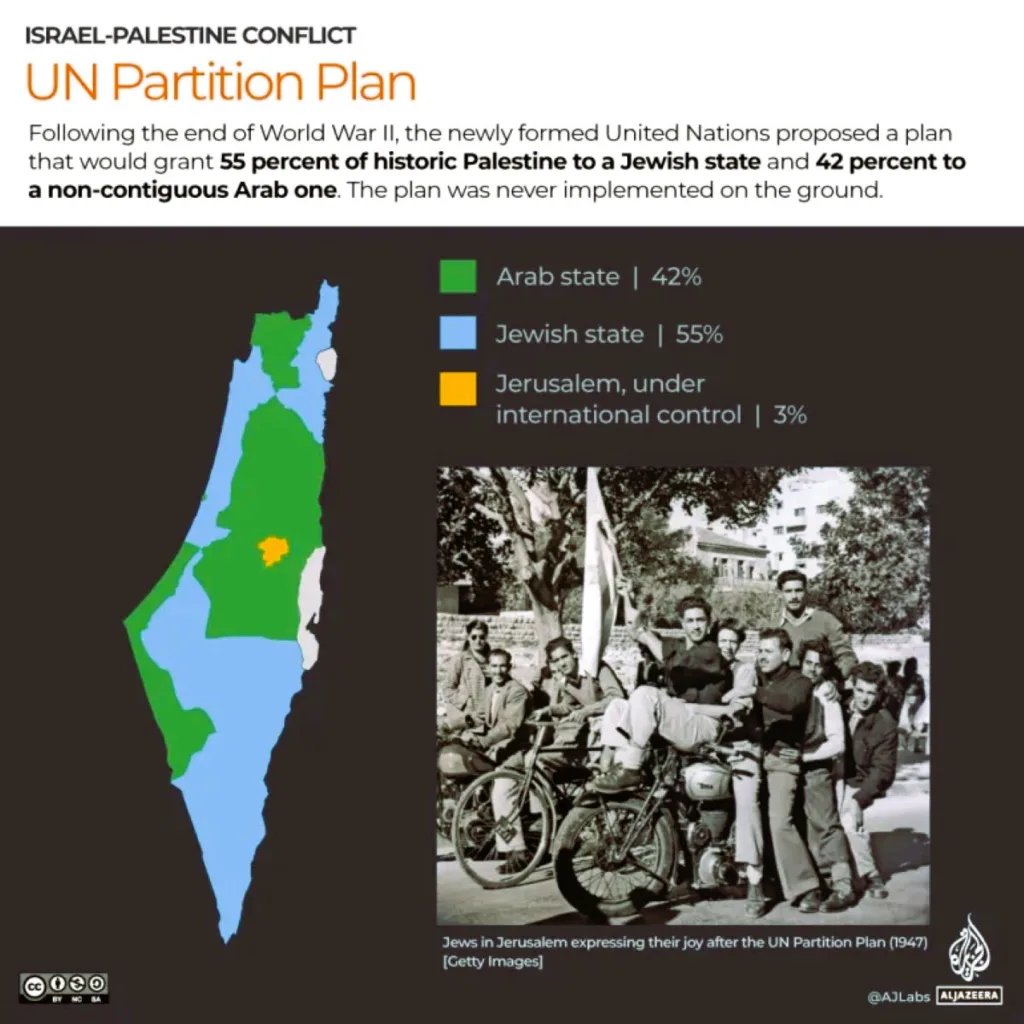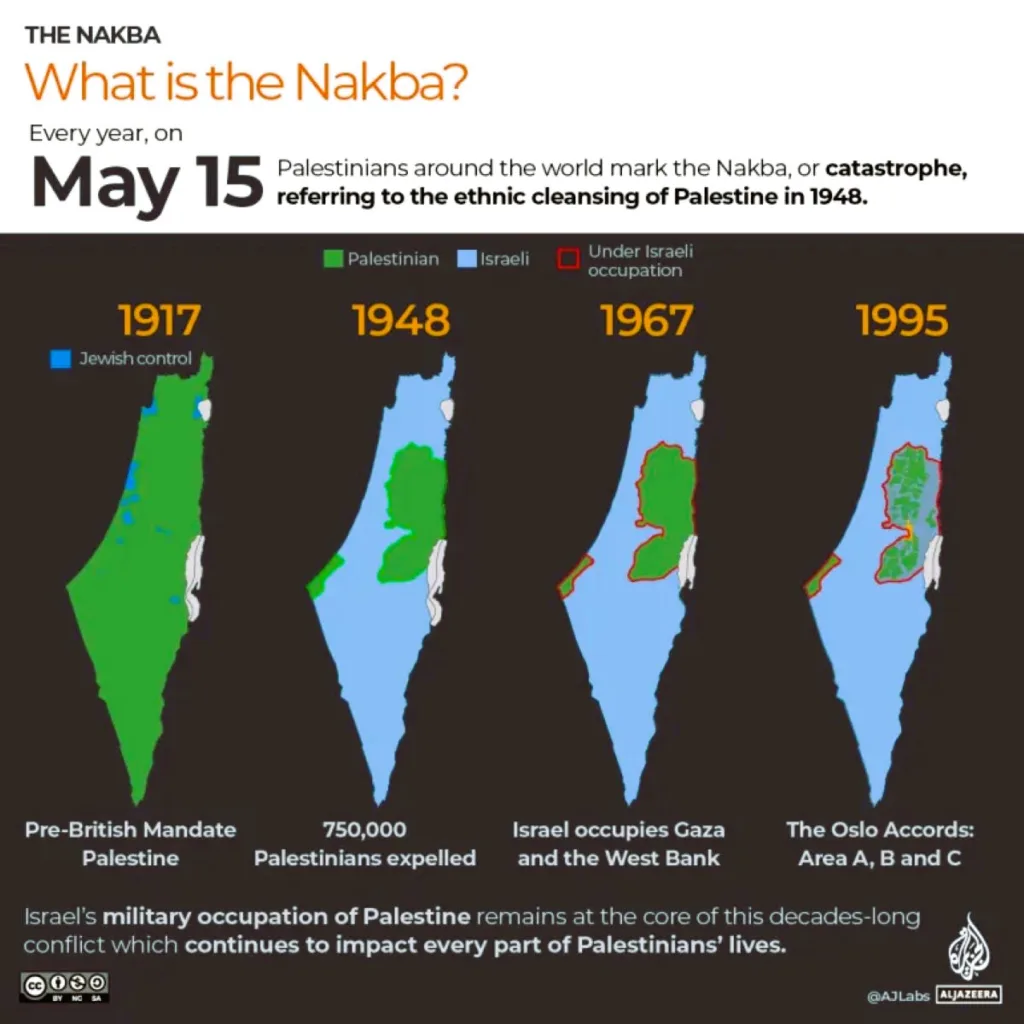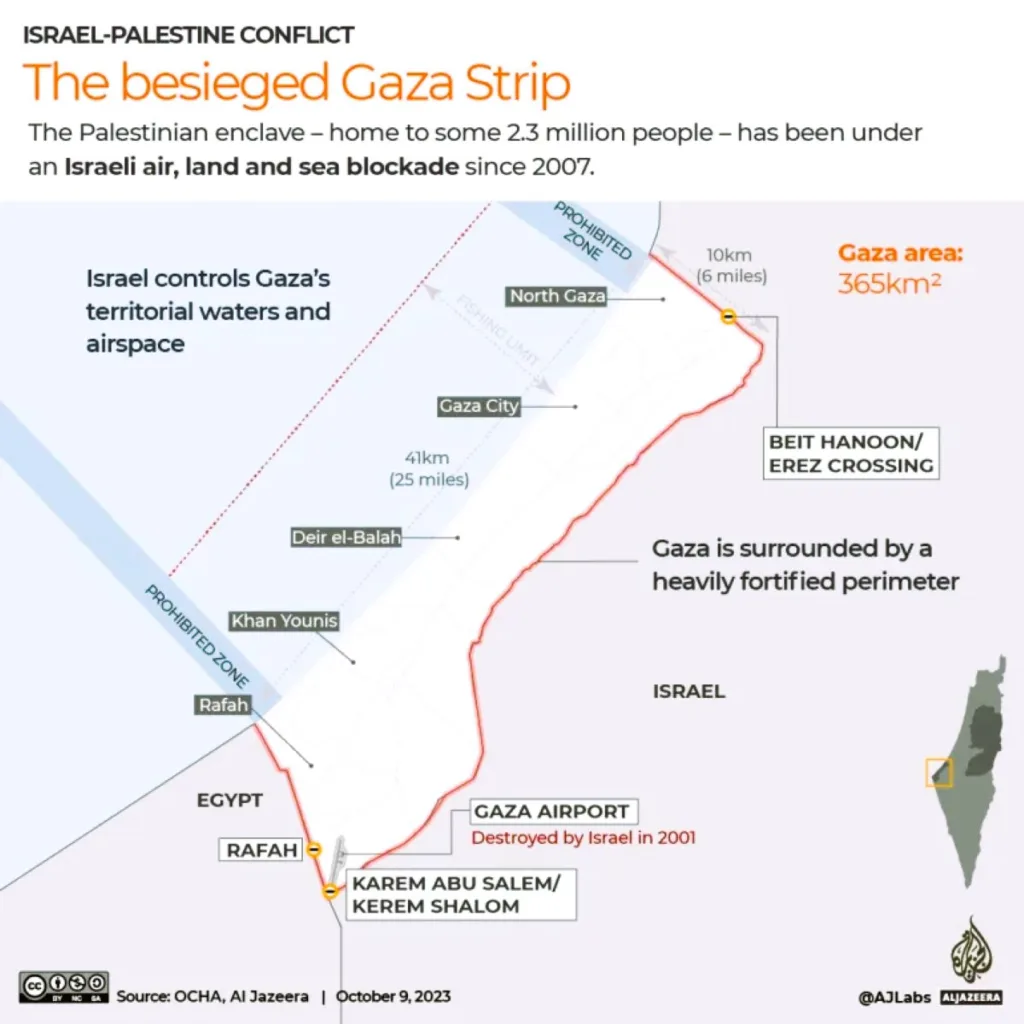
Understanding Israel-Palestine Conflict: A Simple Guide to Its Complex Reality
The Israeli-Palestinian conflict is a long-standing, complex, and deeply rooted issue that has garnered international attention due to its impact on the region. Understanding the conflict requires delving into its historical origins and major events. This simple guide breaks down the conflict into key phases and events to provide a clear overview.
Balfour Declaration and British Mandate
What was the Balfour Declaration? More than a century ago, in 1917, Britain’s Foreign Secretary, Arthur Balfour, issued a brief but influential statement known as the Balfour Declaration. This declaration committed Britain to establishing “a national home for the Jewish people” in Palestine, a land where Palestinians constituted the majority of the population. Subsequently, a British Mandate was established in 1923, during which the British facilitated Jewish immigration while facing opposition from Palestinians who were concerned about demographic changes and land confiscations.

1930s and the Arab Revolt
What happened during the 1930s? Escalating tensions in the 1930s led to the Arab Revolt (1936-1939). The Arab National Committee called for a general strike and boycott against British colonialism and growing Jewish immigration. The British responded with mass arrests, home demolitions, and repression. The revolt saw the emergence of the Palestinian resistance movement and the British-led Special Night Squads. Thousands of Palestinians were killed, wounded, or imprisoned during this period.
UN Partition Plan
What was the UN partition plan? In 1947, the United Nations adopted Resolution 181, which proposed the partition of Palestine into Arab and Jewish states. The plan was rejected by Palestinians as it allocated a majority of the land to the Jewish state despite Palestinians owning the majority of the land and population. This led to the 1948 Nakba, a catastrophic event in which more than 500 Palestinian villages and towns were destroyed, leading to the displacement of around 750,000 Palestinians.
Years After the Nakba
After the Nakba, at least 150,000 Palestinians remained in the newly established state of Israel while the Gaza Strip came under Egyptian control and the West Bank under Jordanian rule. The Palestinian Liberation Organization (PLO) was formed in 1964, and in 1967, Israel occupied the rest of historic Palestine during the Six-Day War, leading to another wave of Palestinian displacement known as the Naksa.

First Intifada (1987-1993)
The first Palestinian Intifada began in 1987 with protests against Israeli occupation, leading to the establishment of the Hamas movement and significant international attention. The Intifada involved popular mobilizations, mass protests, and civil disobedience, resulting in casualties and arrests. It also spurred the international community to seek a resolution to the conflict.
Oslo Accords and the Palestinian Authority
The first Intifada led to the signing of the Oslo Accords in 1993, which established the Palestinian Authority (PA) with limited self-rule in parts of the West Bank and Gaza Strip. However, the establishment of an independent Palestinian state did not materialize as intended. Critics view the PA as collaborating with the Israeli military in suppressing dissent.
Second Intifada
The second Intifada erupted in 2000 after Ariel Sharon’s visit to the Al-Aqsa Mosque. This led to a violent uprising marked by Israeli military operations, the construction of a separation wall, and a significant increase in Israeli settlements.
Palestinian Division and the Gaza Blockade
Following the death of Yasser Arafat in 2004 and the end of the second Intifada, Hamas won a majority in Palestinian elections. This led to a Fatah-Hamas civil war, with Hamas taking control of the Gaza Strip. In response, Israel imposed a blockade on Gaza, citing security concerns.

Wars on the Gaza Strip
Israel has launched multiple military assaults on Gaza, resulting in significant Palestinian casualties, destruction of homes and infrastructure, and displacement. The blockade has made rebuilding difficult, as essential construction materials are restricted.
In conclusion, the Israeli-Palestinian conflict is deeply rooted in historical events, and its complexity continues to shape the political landscape of the region. Understanding its historical context is essential for comprehending the ongoing challenges and prospects for peace in the Middle East.






